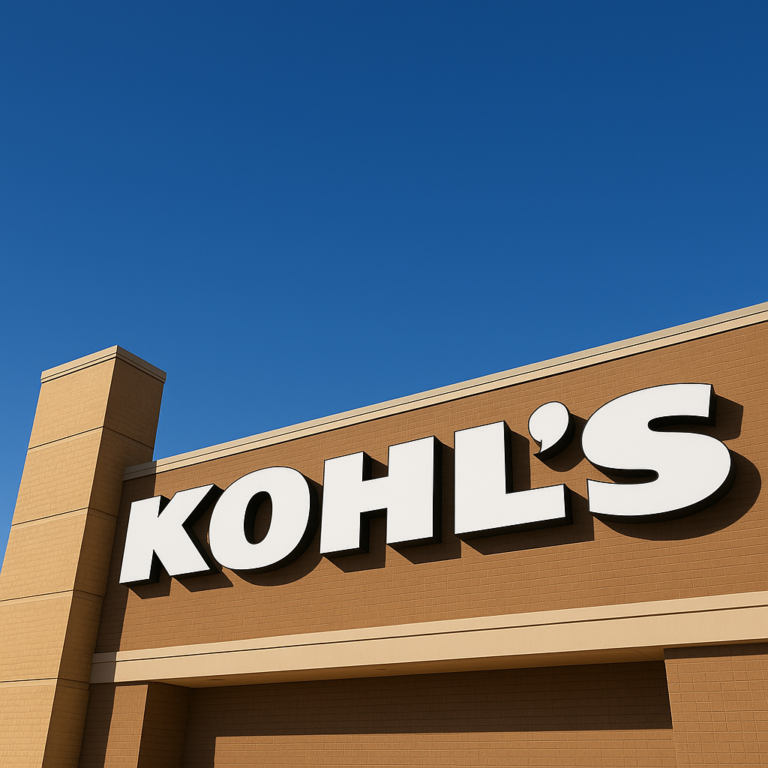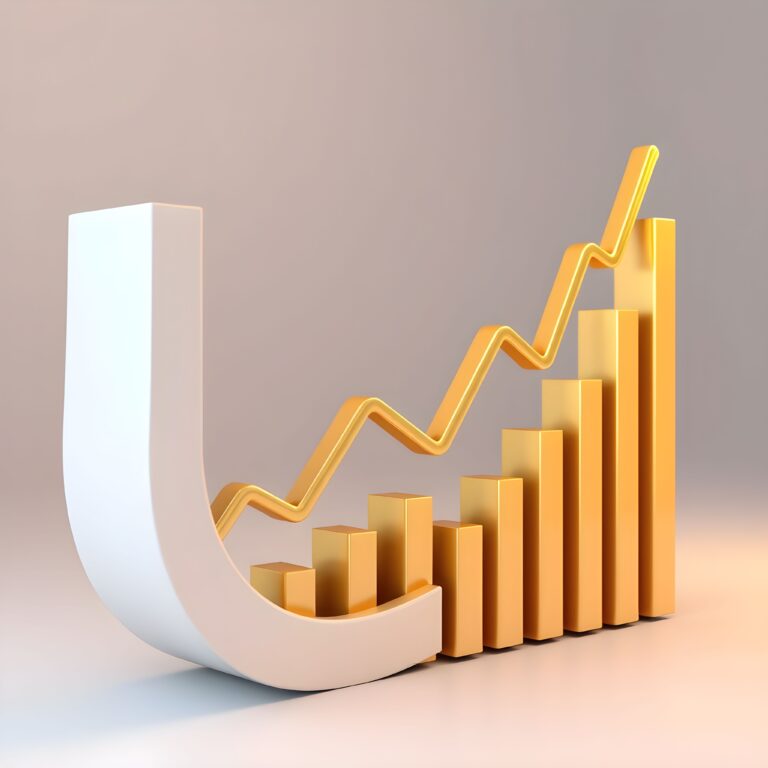As the sun shines brightly and temperatures rise, a sense of unease has begun to cast a shadow over the optimism that typically characterizes the summer season. For the first time in recent memory, US consumers are expressing a notable lack of confidence in the nation’s economic trajectory. This shift in sentiment, observed during the summer of 2023, has raised concerns among economists, business owners, and policymakers alike. In this article, we delve into the reasons behind this unexpected decline in consumer optimism, the potential implications, and what it could mean for the future of the US economy.
The Pulse of Consumer Sentiment
Consumer sentiment is a vital barometer of economic health, often acting as a harbinger of broader economic trends. Historically, the summer months have been marked by a sense of buoyancy as Americans embark on vacations, engage in leisure activities, and indulge in spending. However, the summer of 2023 has taken an unexpected turn. Recent surveys and polls reveal that a growing number of US consumers are feeling less optimistic about the economic outlook.
Unraveling the Factors
Several factors have converged to dampen consumer optimism this summer. Chief among these is the lingering uncertainty stemming from the ongoing global pandemic. Despite significant progress in vaccination efforts, the emergence of new variants and the intermittent flare-ups of COVID-19 cases have kept a sense of unpredictability alive. This uncertainty has led to concerns about potential disruptions to economic recovery and growth.
Furthermore, rising inflation rates have emerged as a significant concern among consumers. The steady climb in prices of essential goods and services has impacted household budgets and purchasing power, leading to a sense of financial strain. The fear of inflation eroding savings and making everyday expenses more burdensome has undoubtedly played a role in shaping consumers’ dwindling economic optimism.
Implications and Considerations
The shift in consumer sentiment has far-reaching implications. As consumers become more cautious in their spending, businesses across various sectors could experience a slowdown in demand. This, in turn, may impact production, hiring, and overall economic activity. Additionally, policymakers face the challenge of navigating this delicate situation, as they must balance measures to address inflationary pressures while fostering an environment that encourages consumer confidence and economic growth.
Looking Ahead
While the decline in consumer optimism is cause for concern, it’s important to note that sentiment can be fickle and subject to change. Much will depend on the trajectory of the pandemic, the effectiveness of policy responses, and the evolution of inflationary pressures. As summer progresses and these factors unfold, there remains room for the pendulum of consumer sentiment to swing back towards optimism.
In conclusion, the summer of 2023 has brought with it a unique set of challenges to the US economy, as consumers exhibit a surprising lack of optimism regarding its future. This shift, fueled by pandemic-related uncertainty and rising inflation, underscores the delicate balance between economic factors and consumer psychology. As businesses and policymakers work to address these challenges, the nation watches and waits to see whether the summer blues will transform into a brighter economic outlook once again.












